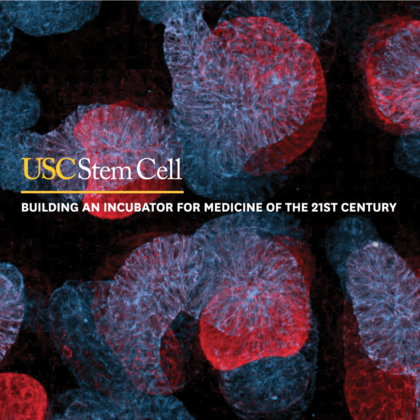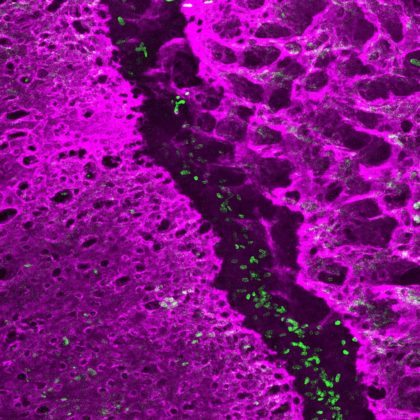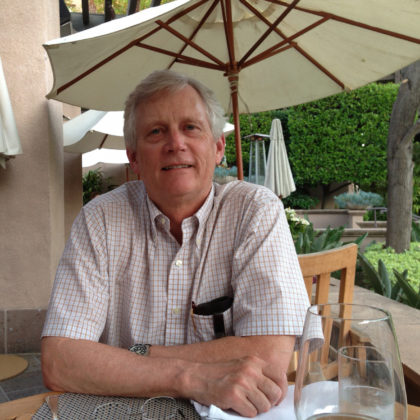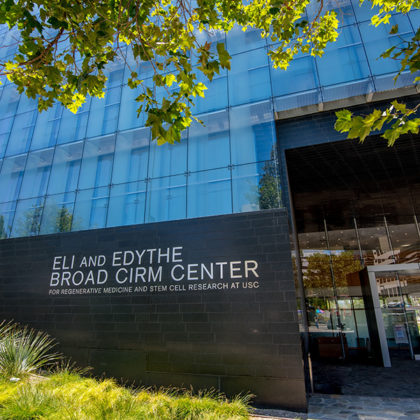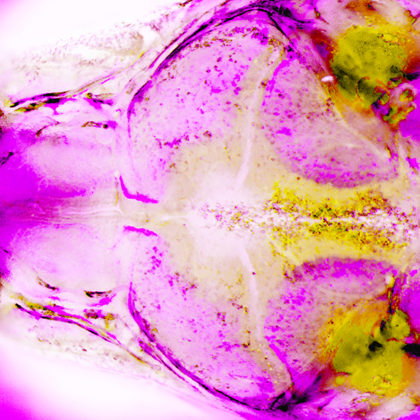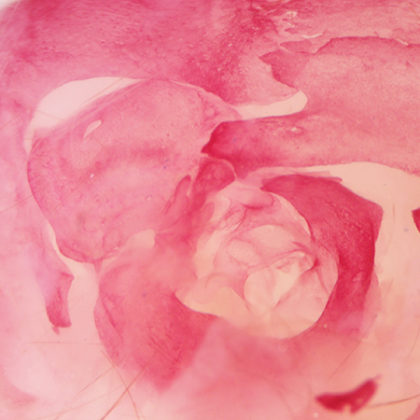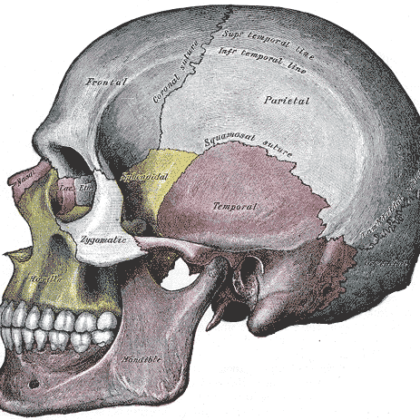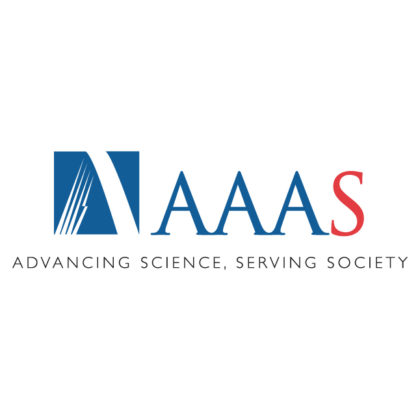The overall interest of Dr. Maxson’s laboratory is the molecular genetic basis of embryonic pattern formation. They focus on processes that regulate the development of the calvaria, the flat bones that compose the top of the skull.
Stories
Building an Incubator for Medicine of the 21st Century
USC Stem Cell is pleased to introduce our new publication. We hope you’ll enjoy reflecting back on our history, while looking ahead to the transformative times to come. Read now at https://stemcell.keck.usc.edu/wp-content/themes/stemcell/incubator.
Study of skull birth defect takes it from the top
Contrary to the popular song, the neck bone is actually connected to one of 22 separate head bones that make up the human skull. These plate-like bones intersect at specialized joints called …
USC celebrates Robert E. Maxson’s lifetime of achievement and adventure
USC Emeritus Professor Robert E. Maxson has an understated explanation for why he’s flown so many planes, sailed so many boats, skied so many mountains, played so many guitars, taken so many …
California’s biggest stem cell experiment: The impact of the stem cell ballot proposition at USC
In 2008, USC broke ground on an $80 million building dedicated solely to stem cell research and regenerative medicine. The plans called for a monolithic structure clad in black marble and reflective …
Zebrafish make waves in our understanding of a common craniofacial birth defect
Children are not as hard-headed as adults—in a very literal sense. Babies are born with soft spots and flexible joints called sutures at the junctions where various sections of their skull bones …
Researchers listen to zebrafish to understand human hearing loss
Can a fish with a malformed jaw tell us something about hearing loss in mice and humans? The answer is yes, according to a new publication in Scientific Reports.
USC researchers awarded $3.3 million NIDCR grant to find more effective treatment for common birth defect
It might surprise you to learn that your cranium is not one continuous smooth bone encasing your brain. It’s actually comprised of eight bones, separated by fibrous joints, to give your skull …
USC, UCLA and UCSF put their heads together to find stem cell-based cures for craniofacial defects
One in every 2,000 babies is born with a skull that can’t grow normally. Various sections of these babies’ skulls are fused together at joints called sutures, constricting the developing brain and …
Robert Maxson and five other USC professors named fellows of AAAS
Robert Maxson Jr., an executive committee member of USC Stem Cell, is one of six USC scientists to be elected fellow of the American Association for the Advancement of Science (AAAS).

